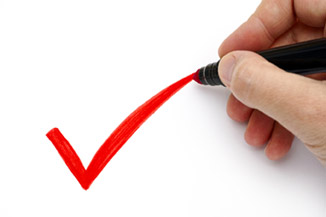Improve Faxing over VoIP by Changing a few Fax Settings
Using a fax machine connected to VoIP often ends in frustration
with many failed transmissions. For occasional faxing, initiating a few
straightforward changes to the fax machine's settings, as well as
using the proper VoIP codec, can improve your success. With these
settings, relatively
stable faxing over VoIP can often be accomplished.
For occasional faxing, initiating a few
straightforward changes to the fax machine's settings, as well as
using the proper VoIP codec, can improve your success. With these
settings, relatively
stable faxing over VoIP can often be accomplished.
Businesses that depend on faxing, including those companies that transmit and receive multipage documents, a traditional fax connected to a copper phone line or a virtual fax service is essential.
These Fax Machine Settings will help Faxing over VoIP
- Reduce the fax machine's transmission speed or BAUD rate. Change the settings for both Tx (transmission) and Rx (receiving) to 9600 bps. Some fax machines, such as HP, use parameter numbers which represent a specific transmission speed.
- Disable or turn off ECM (Error Correction Mode). On by default in most fax machines, this setting over VoIP frequently generates needless retransmissions.
Why ECM should be disabled:
Fax machines (also multi-function machines) set ECM as a default to on. This setting causes the receiving fax machine to analyze the received data frames and detect any data that may be corrupted. Any noise, lost packets, or poor signal strength can cause a part of the transmission to be lost, which then triggers a retransmit signal to be sent, until an error free frame is received. Resulting in more re-transmits over VoIP because of some packet loss, latency, or jitter, which may exist on an Internet connection. These re-transmits increase the call duration, quickly adding to the instability of the fax, resulting in additional retransmits. Which then leads to a fax failure, with a communication error reported by the receiving fax machine.
Disabling ECM results in the receiving fax machine accepting a transmission with some frames having bits of information missing. And still producing a completed fax, which should be of acceptable quality.
Some VoIP services use a compressed codec which will cause fax transmissions to fail. Additionally, a few services offer a "fax" setting which forces the connection to use G711. If you discover a setting "bandwidth saver" it should not be enabled.
Your VoIP Connection should not use a Compressed Codec
- It is critical that your VoIP connection uses G711, a Non-Compressed Codec. There are several compressed codecs often used, including G729, which reduces bandwidth, which will cause faxes to fail.
Faxing over a VoIP connection has improved over the years, but businesses that do more than an occasional fax should remain with a traditional PSTN fax line rather than faxing over VoIP. We find that in regulated corporations like insurance, healthcare, financial services, legal and real-estate, fax remains an essential requirement. However, some excellent virtual fax service providers are modest in cost and offer exceptional applications. Perhaps the ideal solution is to switch to a reliable cloud-based fax service.
